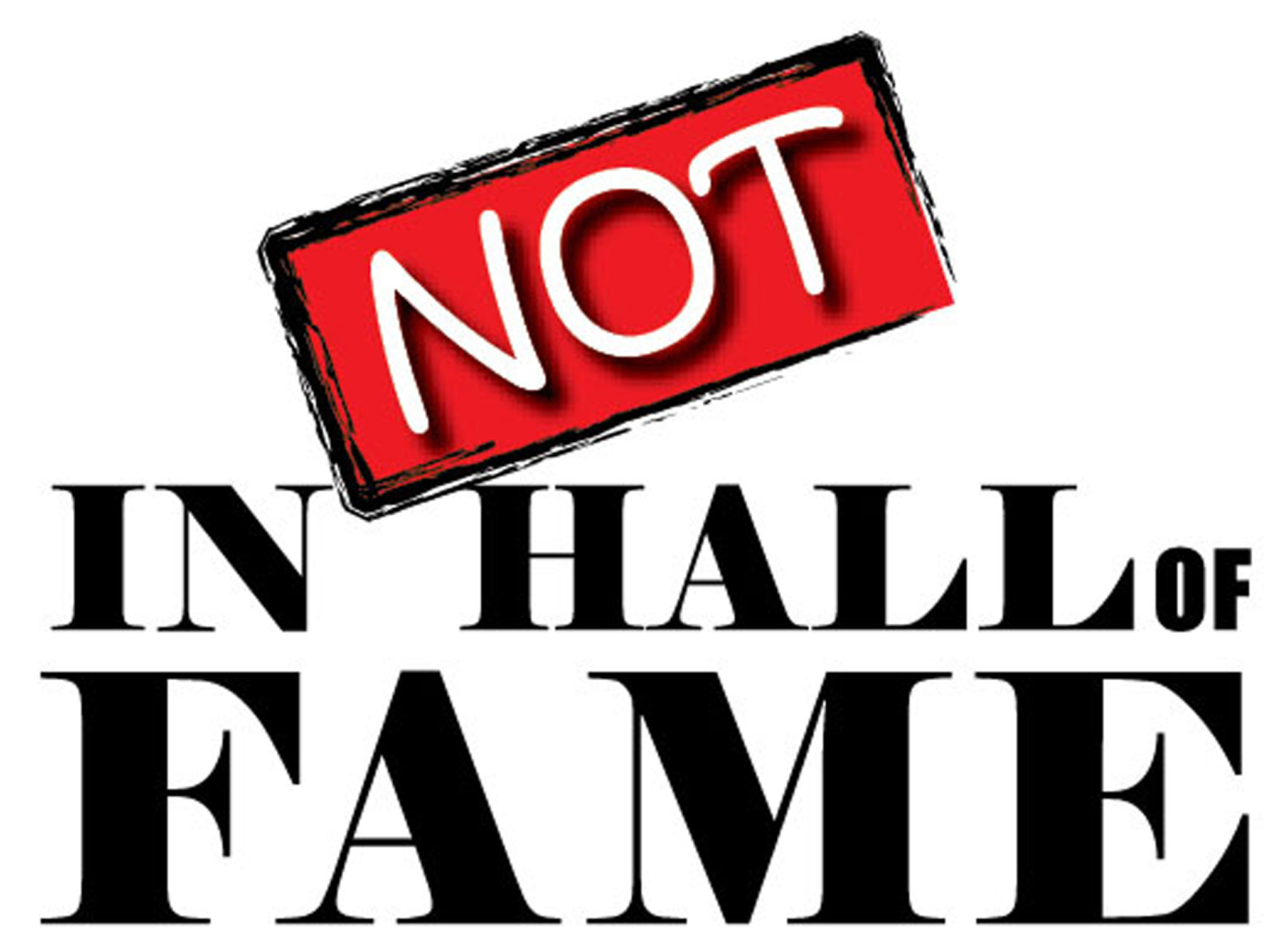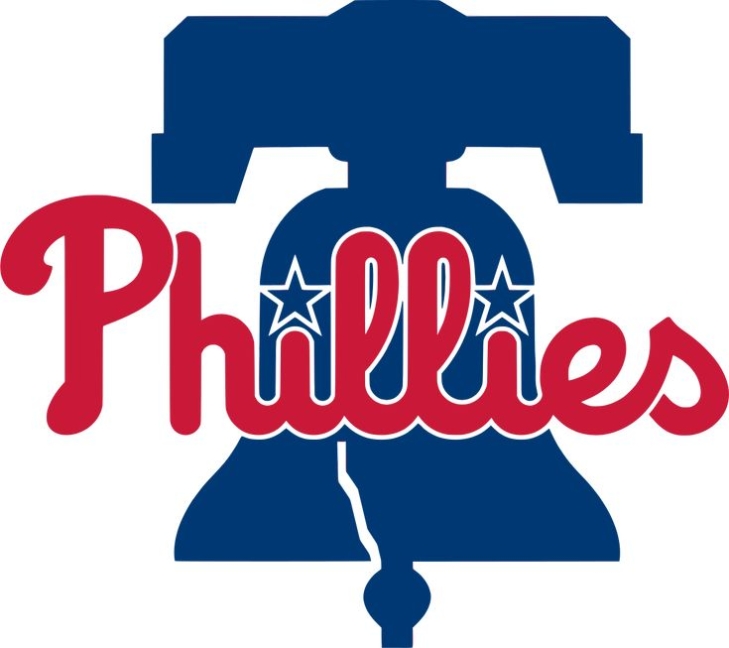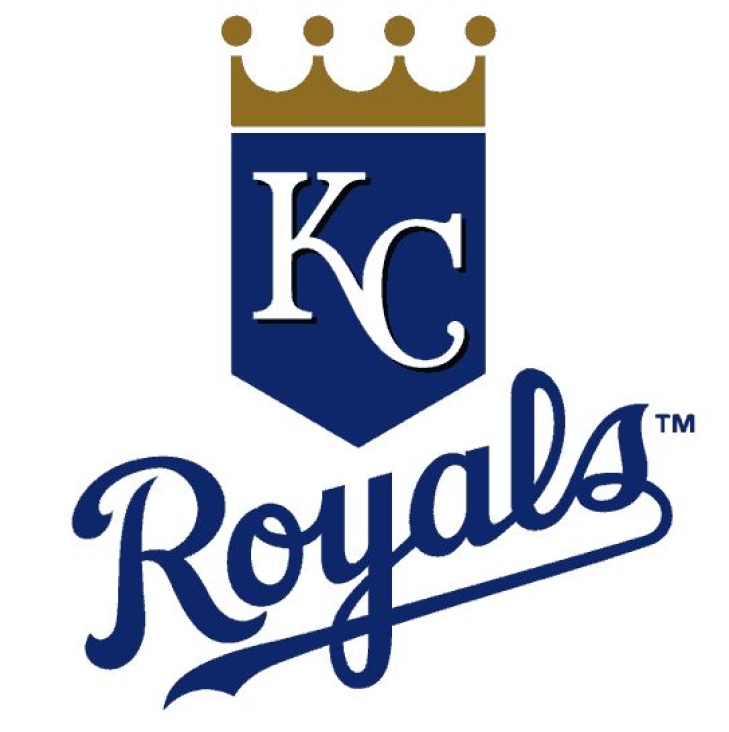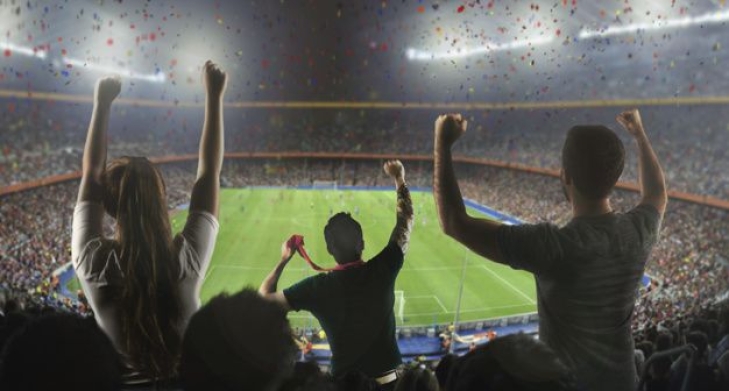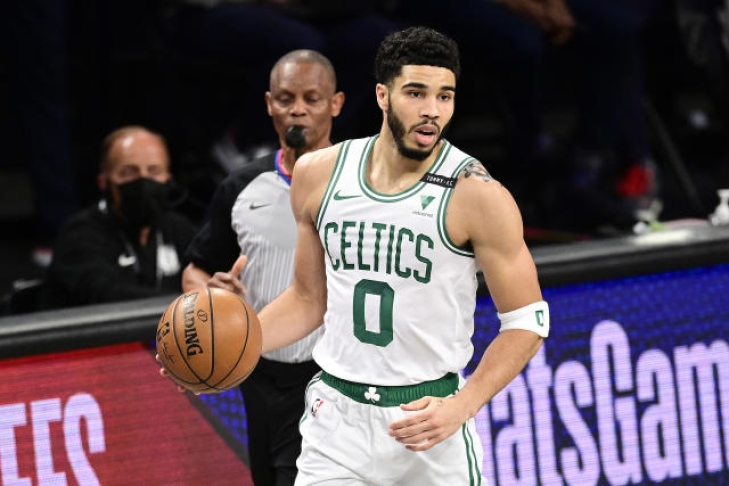
Committee Chairman
Our All-Time Top 50 Philadelphia Phillies have been updated to reflect the 2022 Season
Yes, we know that this is taking a while!
As many of you know, we here at Notinhalloffame.com are slowly generating the 50 of each major North American sports team. That being said, we have existing Top 50 lists out and we always consistently look to update them when we can and based on necessity. As such, we are very happy to present our post 2022 revision of our top Philadelphia Phillies.
As for all of our top 50 players in baseball we look at the following:
1. Advanced Statistics.
2. Traditional statistics and how they finished in the National League.
3. Playoff accomplishments.
4. Their overall impact on the team and other intangibles not reflected in a stat sheet.
Last year, the Phillies had a great year, and won the National League Pennant, though they were defeated by the Houston Astros. Astoundingly, this did not yield any new entrants to the Top 50, though there were three that were very close.
As always, we present our top five, which was not affected by the last season:
1. Mike Schmidt
4. Ed Delahanty
You can find the entire list here.
The only elevation is Aaron Nola, who rocketed to #23 from #38.
As mentioned above, three current Phillies almost cracked the top 50, Zack Wheeler, Bryce Harper and J.T. Realmuto. We expect that all three will vault into the list after our post-2023 revision.
We welcome your input and comments and as always, we thank you for your support.
Our All-Time Top 50 Kansas City Royals have been updated to reflect the 2022 Season
Yes, we know that this is taking a while!
As many of you know, we here at Notinhalloffame.com are slowly generating the 50 of each major North American sports team. That being said, we have existing Top 50 lists out and we always consistently look to update them when we can and based on necessity. As such, we are very happy to present our post 2022 revision of our top Kansas City Royals.
As for all of our top 50 players in baseball we look at the following:
1. Advanced Statistics.
2. Traditional statistics and how they finished in the American League.
3. Playoff accomplishments.
4. Their overall impact on the team and other intangibles not reflected in a stat sheet.
Last year, the Royals were unable to make the playoffs, but there were some shifts in the top 50.
As always, we present our top five, which was not affected by the last season:
1. George Brett
4. Kevin Appier
5. Amos Otis
You can find the entire list here.
Catcher, Salvador Perez, moved up from #10 to #8.
Pitcher, Zack Greinke, moved up one spot to #13.
We welcome your input and comments and as always, we thank you for your support.
5 Ways to Improve Your Sports-Watching Experience
Do you know that there's still something you can do to make your experience of watching your favorite sports more exciting? You might already enjoy every second of the game you watch with your favorite team. However, you could still experience more adrenaline and excitement as long as you know how to do it.
If you want to boost your thrill on the next game you plan to watch, you better start considering doing the following tips below and enjoy the game like never before.
Incorporate Betting Into It
There is no better way to make your sports-watching experience more thrilling and fun than start betting on your favorite sport. Aside from making your experience exciting, you can also profit from betting, especially if you know how to do the betting properly.
It's also best to explore other sports aside from what you always watch. It will help you improve your betting knowledge and skills, broadening your options. If you love watching football, you might want to start betting against your friends.
In the United States, the biggest football event is the NFL Playoffs, which conclude as the most-awaited Super Bowl. There is no denying its popularity, especially for bettors who want to profit while cheering for their favorite team.
Australia also has its own version of the NFL, bringing with it its own betting games. Those who bet on Australian Football League (AFL) often win hefty payouts. Because of this, the AFL’s sporting events have captured the interest of Australian bettors. It’s no surprise why it’s the second most popular sport in the country, with the National Rugby League (NRL) claiming the top spot.
Watch Your Favorite Sport in Person
The most immersing approach to watching sports is to attend a professional game at the site where it will be played. Just picture a frenzied audience supporting their favorite team as the halftime show performer takes the stage. It will undoubtedly be a thrilling and memorable experience!
Buy those game tickets and bring your family or friends to watch with you on-site. Enjoy the game, the crowd, and even the food on site. You will never watch your favorite sports the same way again once you get to experience the game on-site.
Create a Fan Club
If you're already a diehard fan of a team in a particular sport, why not start a fan club? If you have a fan club, all the club members who are also diehard fans like yourself could watch the game together.
You can organize a watch party where you get to enjoy delicious food and drinks while watching the game unfold. Watching the game with other fans can be more fun than watching it alone on your TV or computer.
As you watch the game with the other fans, you can try prop bets on your favorite team to make the experience more exciting. But before you become too excited about this idea, you must first know how to establish a fan club.
Here is a to-do list that will help you jumpstart and streamline the creation of your fan club:
- Choose a name. Make it related to the team that you are supporting.
- Learn what legal obligations you need to comply with.
- Establish the requirements one must obtain to become a member.
- Constitute the club member guidelines.
- Create a website and social media page for your club
- Start the recruitment process
You can start recruiting your friends or family members and colleagues who support the same team as you do. Don't get disappointed if you only have a few members, as it will definitely increase the longer your club exists and more and more individuals hear about it.
Experience the Sport Yourself
You can never truly understand a sport once you haven't experienced playing it yourself. Yes, you can still enjoy watching a game even though you haven't played the sport yet. But if you're looking for a way to make your experience of watching a game more thrilling, then you better start playing it yourself.
By starting to play the sport, you will become more entitled to comment on and understand the players' struggles and emotions than not experience the game firsthand.
You will also develop a deeper appreciation for the sport and its players once you have been in their shoes. You can play with your friends or enroll in your local sports club.
Participate in Fantasy Sports
Fantasy sports are games you participate in virtually, where you assemble a virtual team from real-life sports players.
Your team will earn points based on the player's performance in real-life games. This performance is then turned into points which are tallied and summed following a roster chosen by the manager of each fantasy club.
Such point systems may be easy enough for a "league commissioner" to compute manually, or they may be gathered and calculated by computers that track the real outcomes of the professional sport. Similar to real-life sports, team managers in fantasy sports can trade, draft, and drop players.
Conclusion
If you think you are experiencing the best out of your favorite sporting events, think again. You can further enhance your experience by following the tips provided above. Doing so will make you better understand and feel more involved in the game than you were before.Notinhalloffame NBA Cup Standings Update (240)
If you are a regular visitor at Notinhalloffame.com, you know that we created the Notinhalloffame NBA Cup, where in every regular season game, we award points (5-4-3-2-1) to the top five performers. This is the third year that we have done this, and Denver’s Nikola Jokic won the first two.
To keep everyone regularly in the loop this time, we have decided to give regular updates, starting at when the first player cracked 100 Points, and tell all of you the top ten. We will this going forward with every update as the first player breaches the elevated ten-point threshold afterward.
Here is the current top ten, based on the first player to breach 240 Notinhalloffame Cup Points:
1. Nikola Jokic, Denver Nuggets, 241 Cup Points: 60 Games, 24.7 PPG, 12.0 RPG, 10.0 APG, 1.3 SPG, 0.7 BPG, 31.6 PER, 13.2 WS. (#1 on last ranking)
The two-time defending MVP (and NIHOF Cup Champion) remains at the top, despite the pleas of Kendrick Perkins. Jokic is leading the league in PER (31.6), Win Shares (13.2), VORP (7.7) and Box Plus/Minus (13.0). He is also averaging a triple-double, leading the NBA in that stat, and is third in Rebounds per Game.
2. Joel Embiid, Philadelphia 76ers, 225 Cup Points: 52 Games, 33.3 PPG, 10.1 RPG, 4.1 APG, 1.1 SPG, 1.6 BPG, 30.8 PER, 9.4 WS. (#5 on last ranking)
Embiid is now in the number two hole, and is a bona fide MVP contender, and in a dogfight with Jokic. He is currently the scoring leader (33.3) and is second in PER (30.8). Embiid is also in the top five in Wins Shares, VORP and Box Plus/Minus. Could this be the season he takes Philadelphia all the way
3. Jayson Tatum, Boston Celtics, 230 Cup Points: 63 Games, 30.4 PPG, 8.9 RPG, 4.7 APG, 1.0 SPG, 0.8 BPG, 23.8 PER, 8.8 WS. (#3 on last ranking)
Tatum climbed back into the top three. He is still a huge threat to win this award, as well as the MVP, though some of his advanced statistics are lacking. He should finish over 30 Points per Game (he is currently sixth).
4. Luka Doncic, Dallas Mavericks, 227 Cup Points: 57 Games, 33.0 PPG, 8.6 RPG, 8.0 APG, 1.5 SPG, 0.5 BPG, 29.6 PER, 9.4 WS. (#2 on last ranking)
Doncic dropped two spots to #4, which was due mostly to a thigh injury, and inactivity since the last update. He is second in scoring (33.0), VORP (6.0) and Box Plus/Minus (9.5) while currently placing third in PER (29.6) and fourth in Win Shares (9.4). He was an early MVP contender, but that is not be the case anymore.
5. Giannis Antetokounmpo, Milwaukee Bucks, 219 Cup Points: 52 Games, 31.2 PPG, 11.9 RPG, 5.5 APG, 0.7 SPG, 0.8 BPG, 28.5 PER, 7.1 WS. (#5 on last ranking)
The two-time MVP would have probably been on the top had he not missed a series of Games earlier in the season, and he is now dealing with another ailment, which continues to cost him. He is now a six-time All-Star, and is in the top five in both Points and Rebounds per Game.
6. Julius Randle, New York Knicks, 216 Cup Points: 70 Games, 25.3 PPG, 10.3 RPG, 4.1 APG, 0.6 SPG, 0.3 BPG, 20.7 PER, 7.8 WS. (#6 on last ranking)
Randle continues to climb the list, and currently has a higher PPG (25.3), than his first All-Star year two years ago (24.1).
7. Shai Gilgeous-Alexander, Oklahoma City Thunder, 213 Cup Points: 57 Games, 31.2 PPG, 4.8 RPG, 5.7 APG, 1.6 SPG, 1.1 BPG, 27.3 PER, 9.4 WS. (#7 on last ranking)
Gilgeous-Alexander went to his first All-Star Game, and is shattering last year’s averages, which were already good. He is currently dealing with some nagging injuries, but you have to imagine just how pathetic the Thunder would be without SGA.
8. Trae Young, Atlanta Hawks, 198 Cup Points: 61 Games, 26.8 PPG, 3.0 RPG, 10.1 APG, 1.2 SPG, 0.2 BPG, 22.5 PER, 5.8 WS. (#9 on last ranking)
Young is the face of an intriguing Hawks squad, but was unable to make the NBA All-Star Team.
9. Ja Morant, Memphis Grizzlies, 205 Cup Points: 53 Games, 27.1 PPG, 6.0 RPG, 8.2 APG, 1.0 SPG, 0.3 BPG, 23.8 PER, 5.6 WS. (#8 on last ranking)
The last two weeks of Morant’s life has been a disaster, with a bevy of poor personal decisions that has led to a suspension. Currently away from the Grizzlies, he has dropped two spots in Cup Point standings from the last update. This is a man with serious growing up to do.
10. Lauri Markkanen, Utah Jazz, 194 Cup Points: 60 Games, 25.3 PPG, 8.5 RPG, 1.8 APG, 0.6 SPG, 0.6 BPG, 22.5 PER, 7.8 WS. (#10 on last ranking)
Markkanen is now the first player from Finland to be an All-Star and after two months, he returns to the top ten in Cup Points. This the year of his life.
Our next update will happen after the first player breaches 240 Cup Points.
